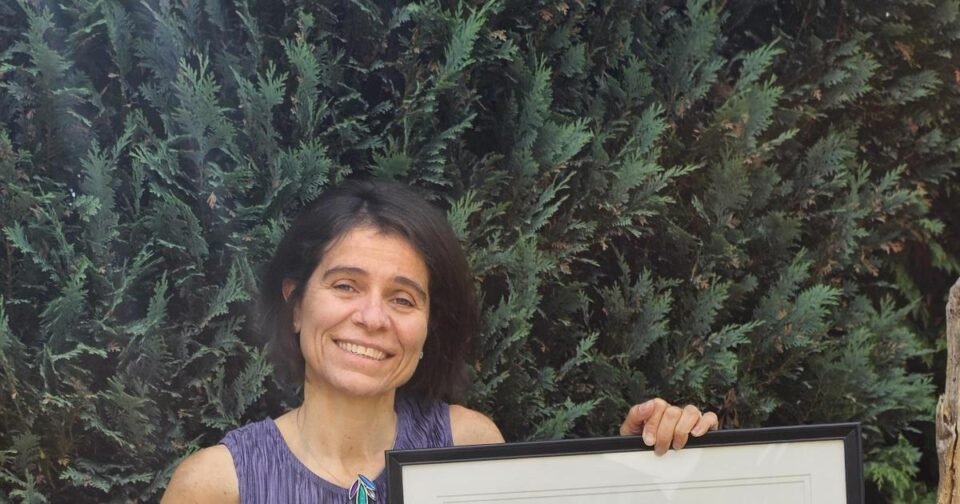The first known painting of the Steventon Rectory, the childhood home of Jane Austen, has been created by Hampshire artist Jo South.
The artist spent considerable time researching and exploring the area to produce a painting of Steventon’s Rectory
The rectory, where Austen wrote some of her earliest works, was demolished in the 19th century, and no confirmed visual records have existed until now.
READ MORE:
Jo South said: “A few much earlier drawings believed to depict the Rectory do exist, but their authenticity is uncertain and they often contradict one another.
“I wanted to depict the Rectory using facts from the Rectory Project, and what we know of the building’s history, and the Austens’ life there at the time.
“I combined this information together with my own photos of the landscape and local architecture, to design the final painting.
“If you are expecting a typical Georgian-style Rectory, you might be surprised by the outcome.
“It was a fascinating project, and I learned so much from talking with Deborah.
“I hope people enjoy seeing my interpretation of the Rectory, based on discoveries that have remained hidden underground for over 200 years.”
The painting is based on findings from the 2011 Archaeological Rectory Project, detailed in Deborah Charlton’s book, Archaeology Greets Jane Austen.
Jo worked closely with project director and lead archaeologist Deborah Charlton, drawing on Austen’s letters, archival research, and unpublished materials from the Steventon Rectory Project Archive.
The painting incorporates details such as the building’s proportions, derived from the foundation layout, and its setting within the surrounding landscape.
Deborah described seeing the finished work as “a very emotional moment—looking at Steventon Rectory, visible again after 203 years.”
Jo, who lives in Overton with her husband, two sons, and a mini schnauzer, combines pen and ink with watercolour to create nostalgic and evocative scenes.
Her work has been exhibited twice at the National Trust’s Mottisfont Open Art Exhibition, as well as at The Lights in Andover, and featured in Liberty of London’s The Liberty Book 2020.
She describes her paintings as telling stories and capturing memories, aiming to evoke a sense of place and history.
The unveiling of the Steventon Rectory painting marks a significant contribution to Jane Austen heritage and offers a new visual connection to the author’s formative years.

